By Christopher Miskimon
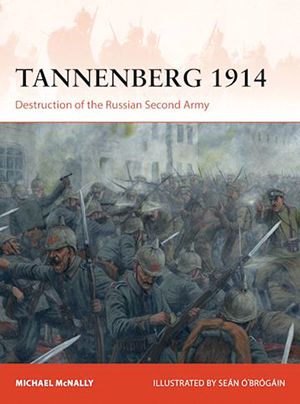 A month after World War I began, as the French, British and German armies vied for a quick victory in France and the Low Countries, a fast-moving campaign evolved in the East, where the German and Russians maneuvered for advantage. The far greater distances on the Eastern Front meant the fighting stayed fluid and mobile; the front lines were simply too long to create the trench systems which would soon appear in the West. The Russian First and Second Armies attempted to destroy the German 8th Army in East Prussia using overwhelming numbers. Instead, the Germans fought several battles against the Russians before trapping large numbers of them at Tannenberg, where the Russian suffered a terrible defeat.
A month after World War I began, as the French, British and German armies vied for a quick victory in France and the Low Countries, a fast-moving campaign evolved in the East, where the German and Russians maneuvered for advantage. The far greater distances on the Eastern Front meant the fighting stayed fluid and mobile; the front lines were simply too long to create the trench systems which would soon appear in the West. The Russian First and Second Armies attempted to destroy the German 8th Army in East Prussia using overwhelming numbers. Instead, the Germans fought several battles against the Russians before trapping large numbers of them at Tannenberg, where the Russian suffered a terrible defeat.
The author skillfully describes the factors which contributed to the Russian loss. Attention is paid to the swift and aggressive movements of the Germans, as well as the contributions of 20th century technologies such as radio, railroads and aerial reconnaissance. Typical of this series, it contains detailed information on key leaders, tables of organization for each army, good maps and extensive illustration, including original artwork specially commissioned for this book.
Tannenberg 1914: Destruction of the Russian Second Army (Michael McNally, Osprey Publishing, Oxford UK, 2023, 96 pp., maps, photographs, bibliography, index, $24, softcover)
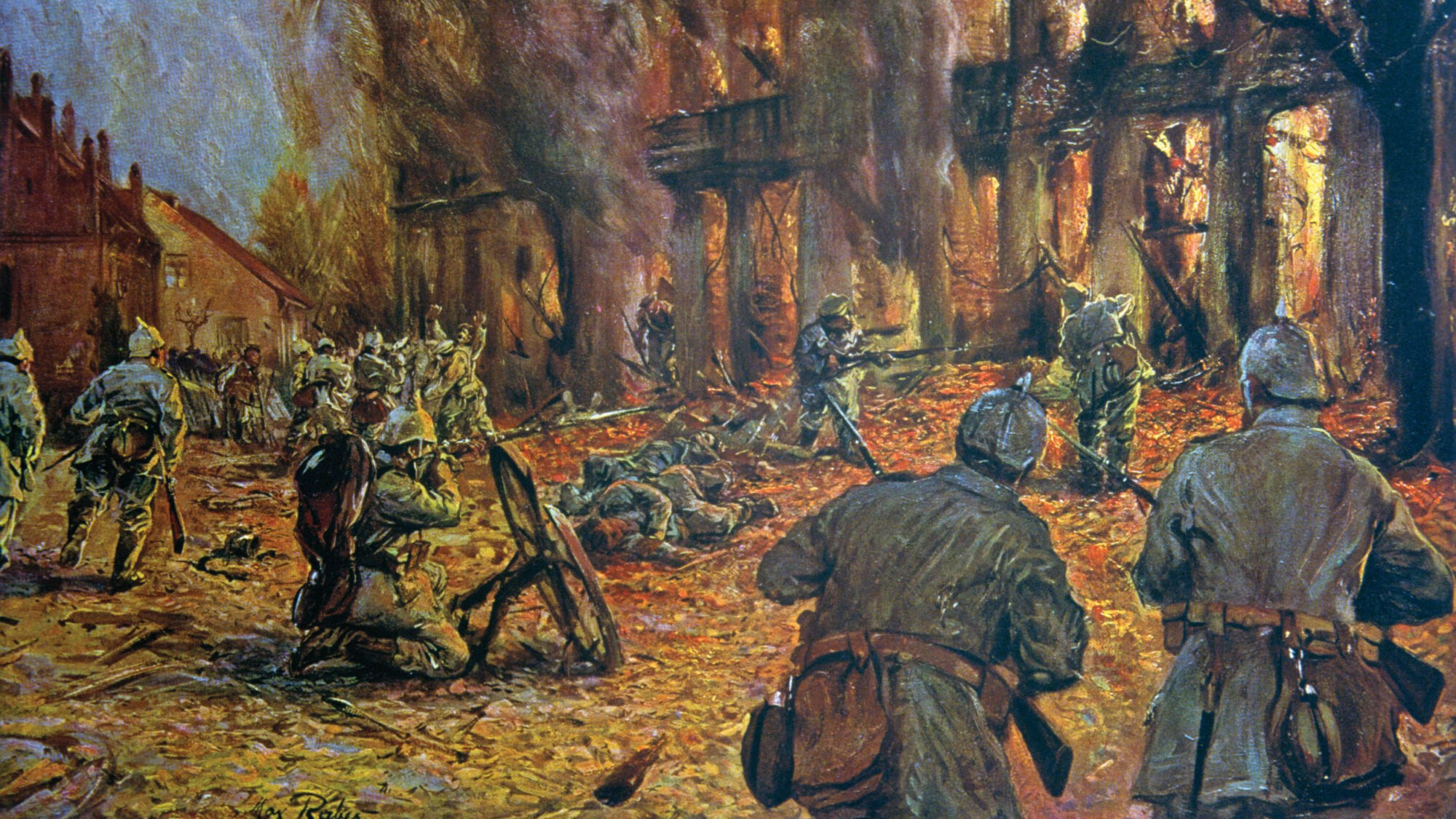
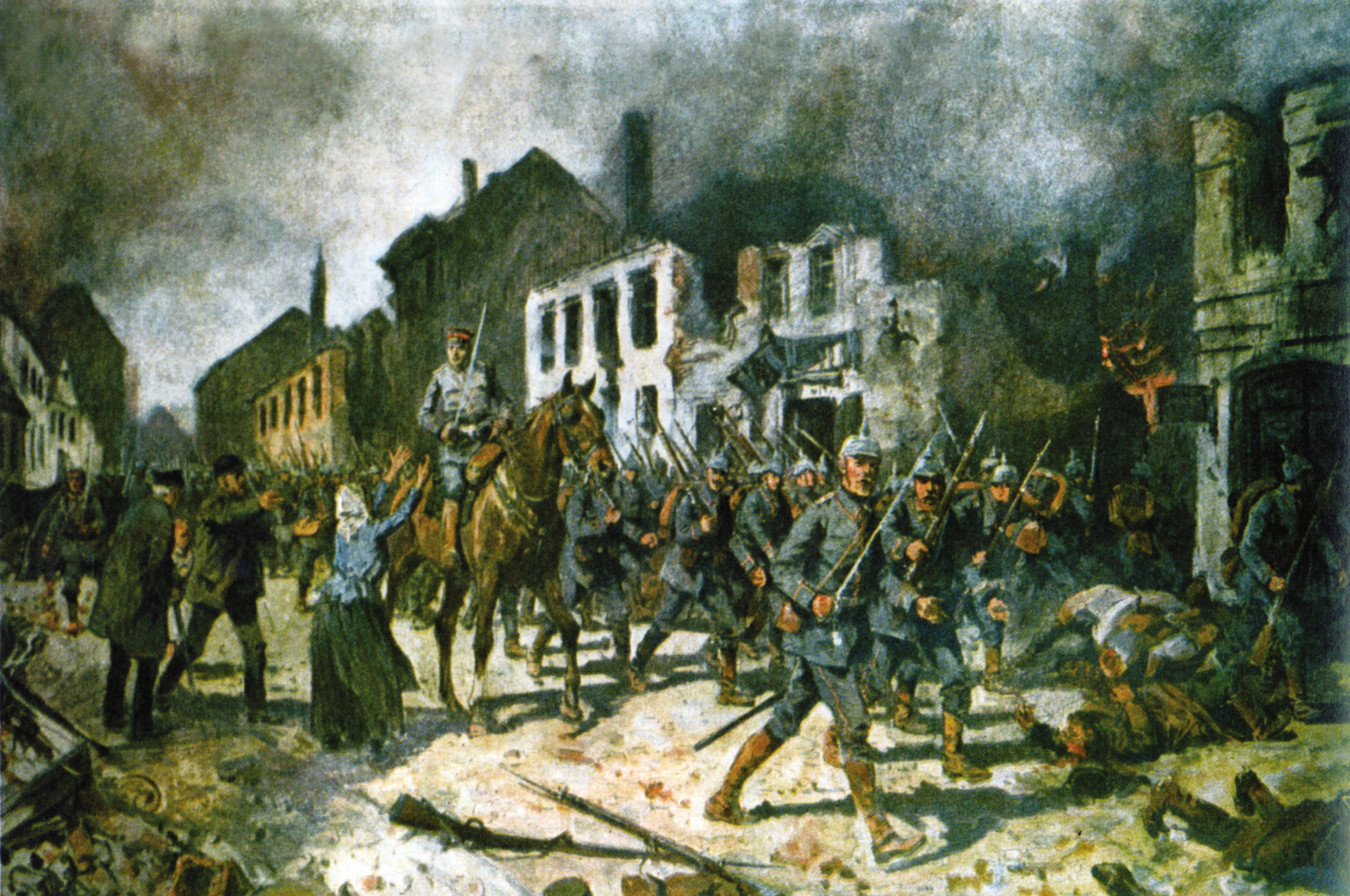
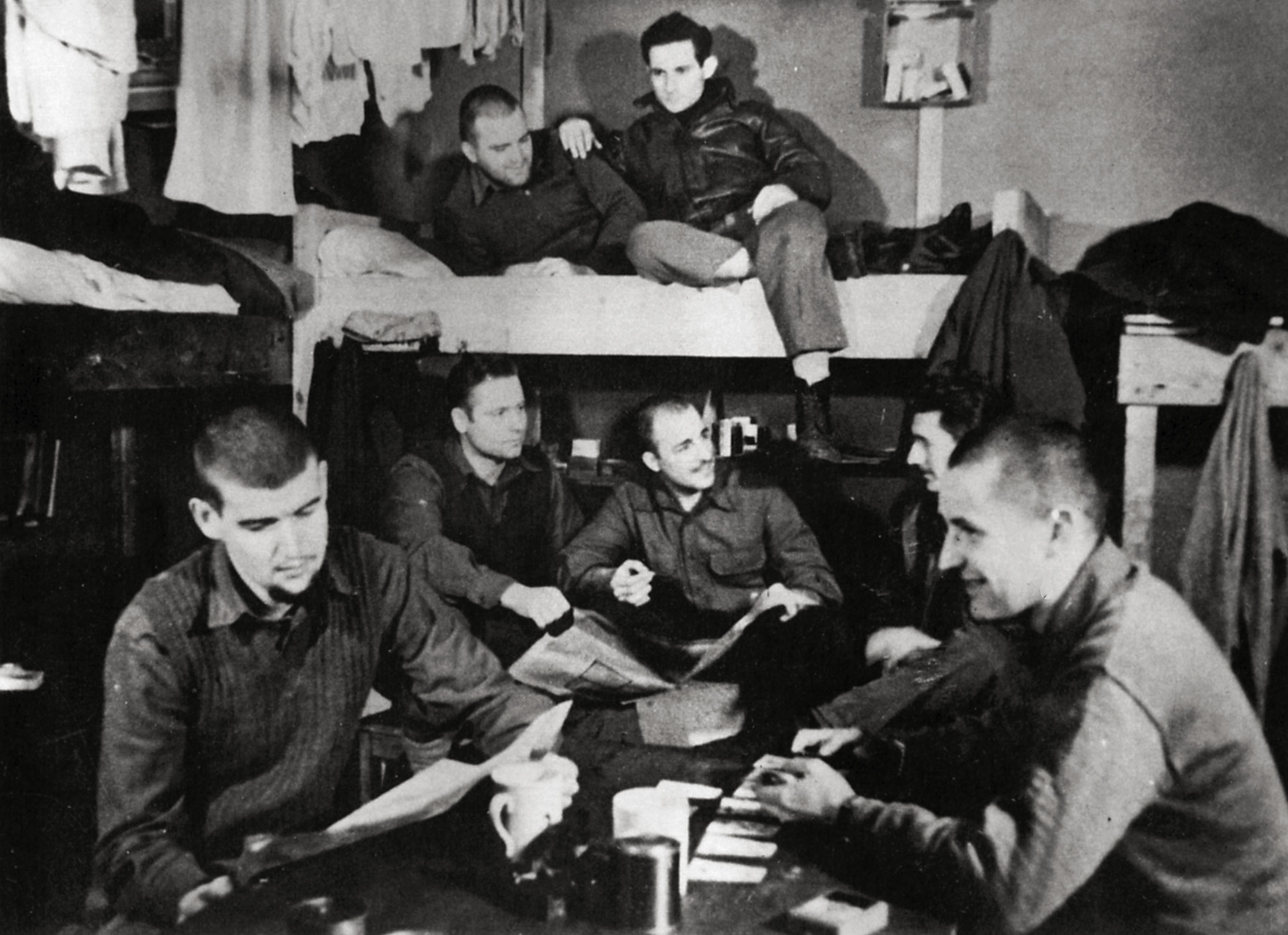
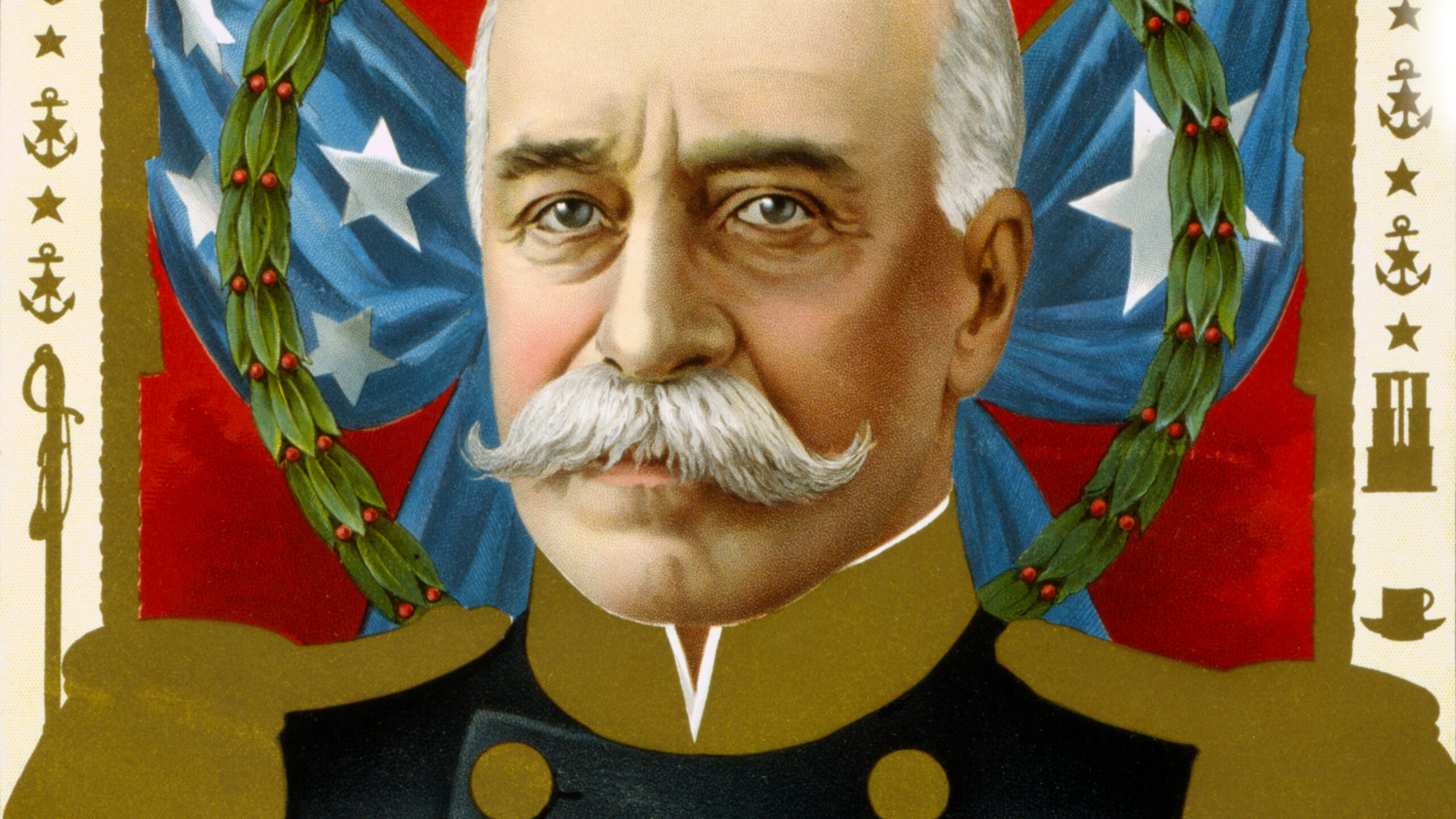
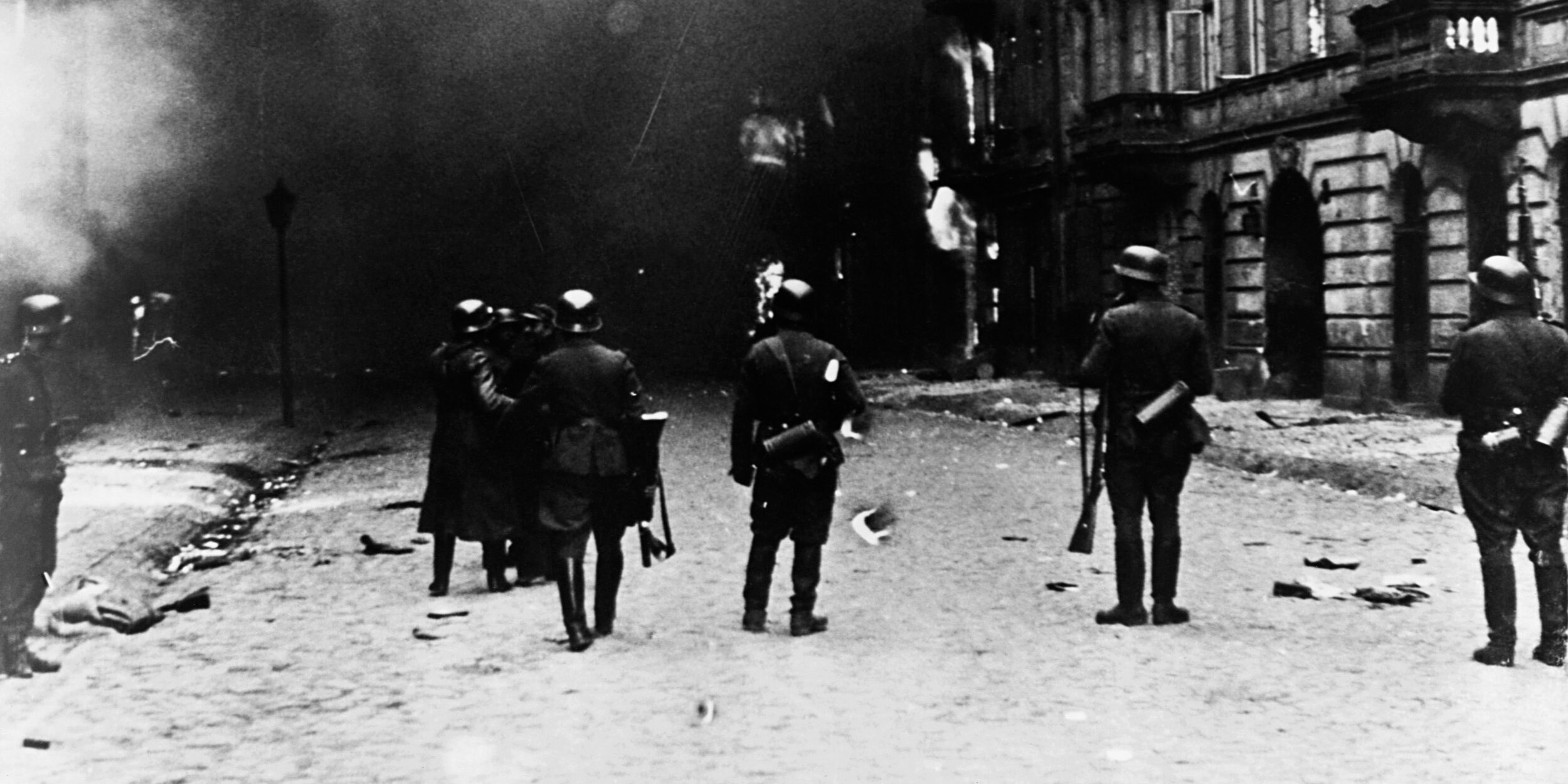
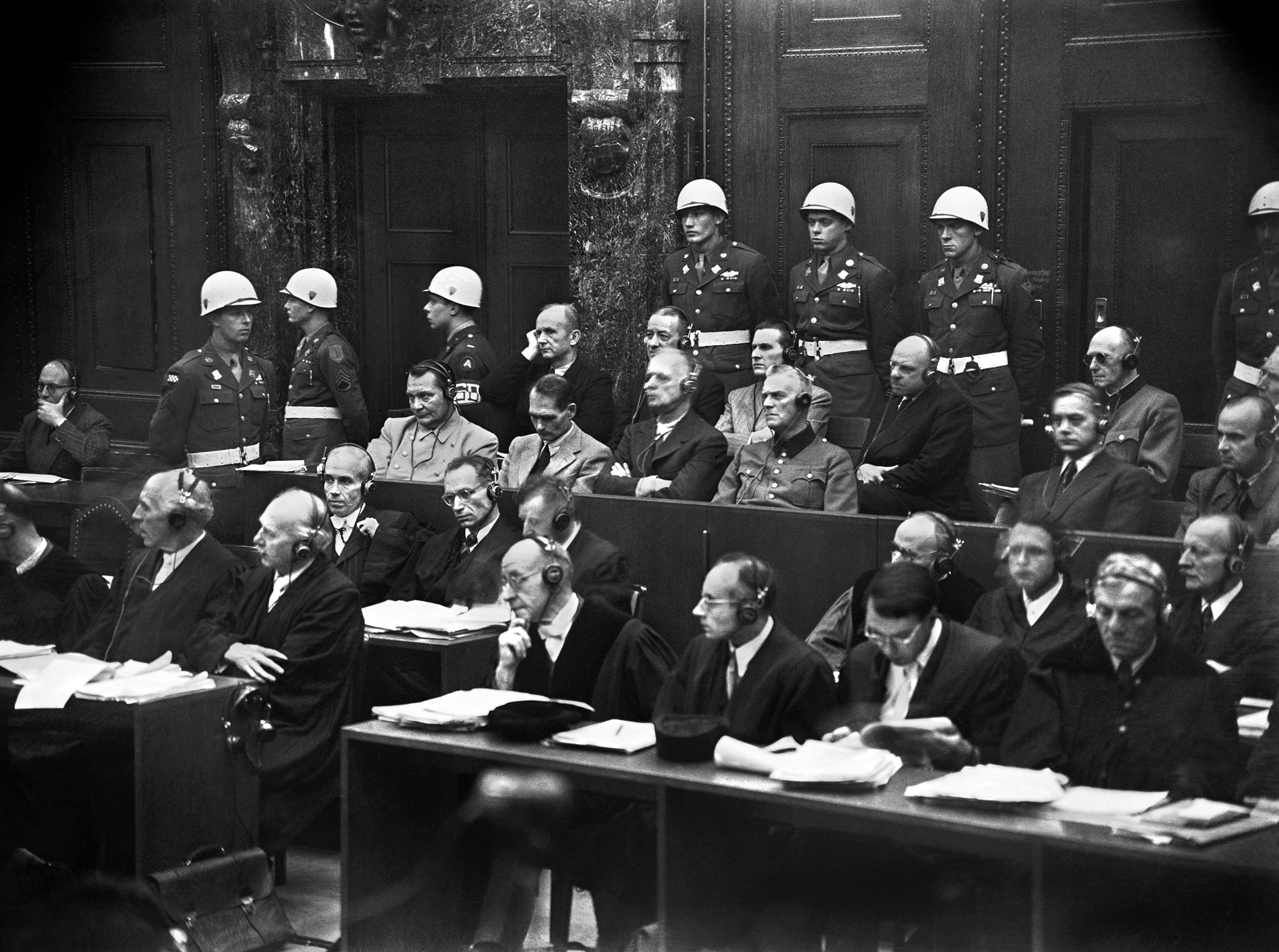
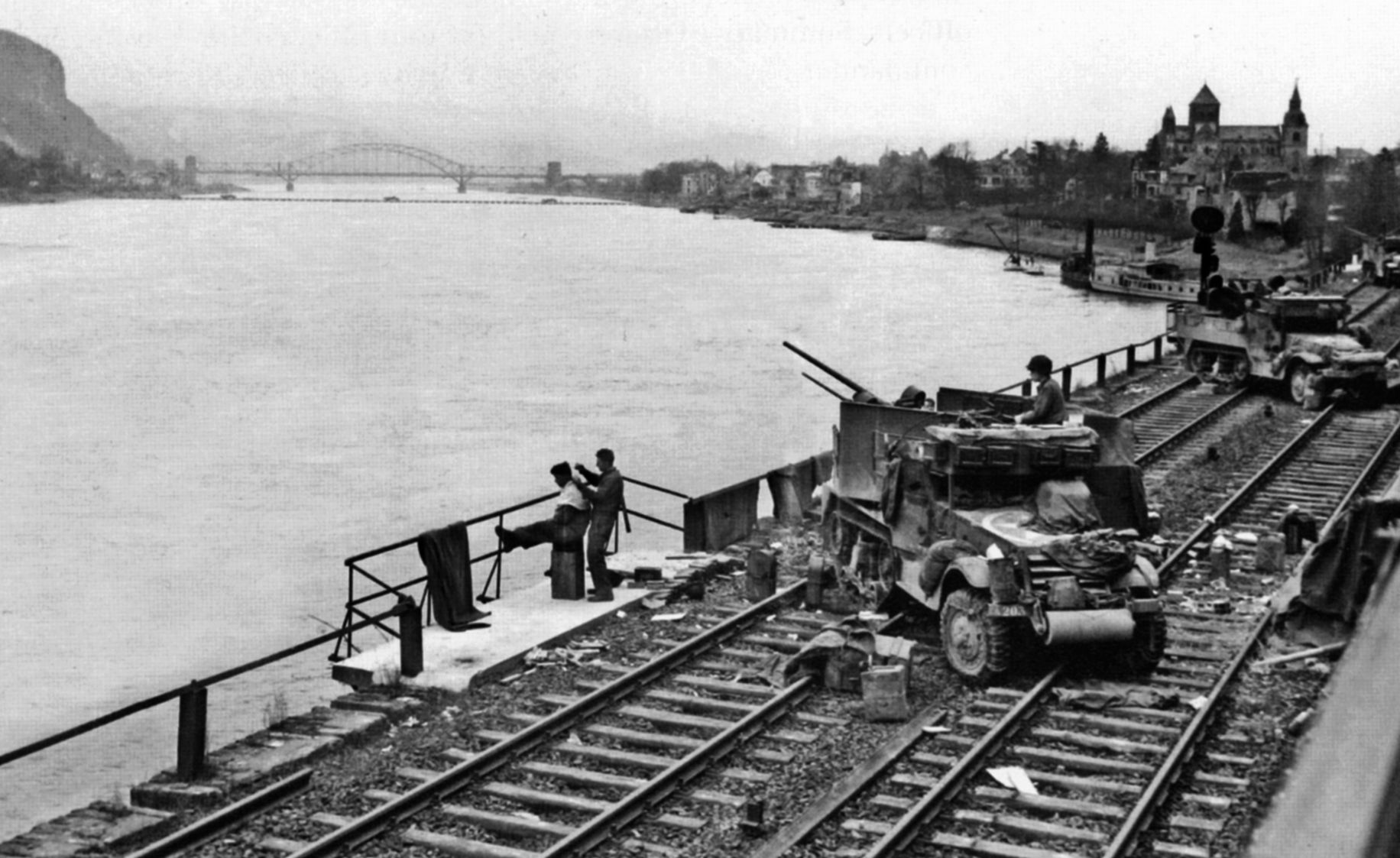
Join The Conversation
Comments
View All Comments